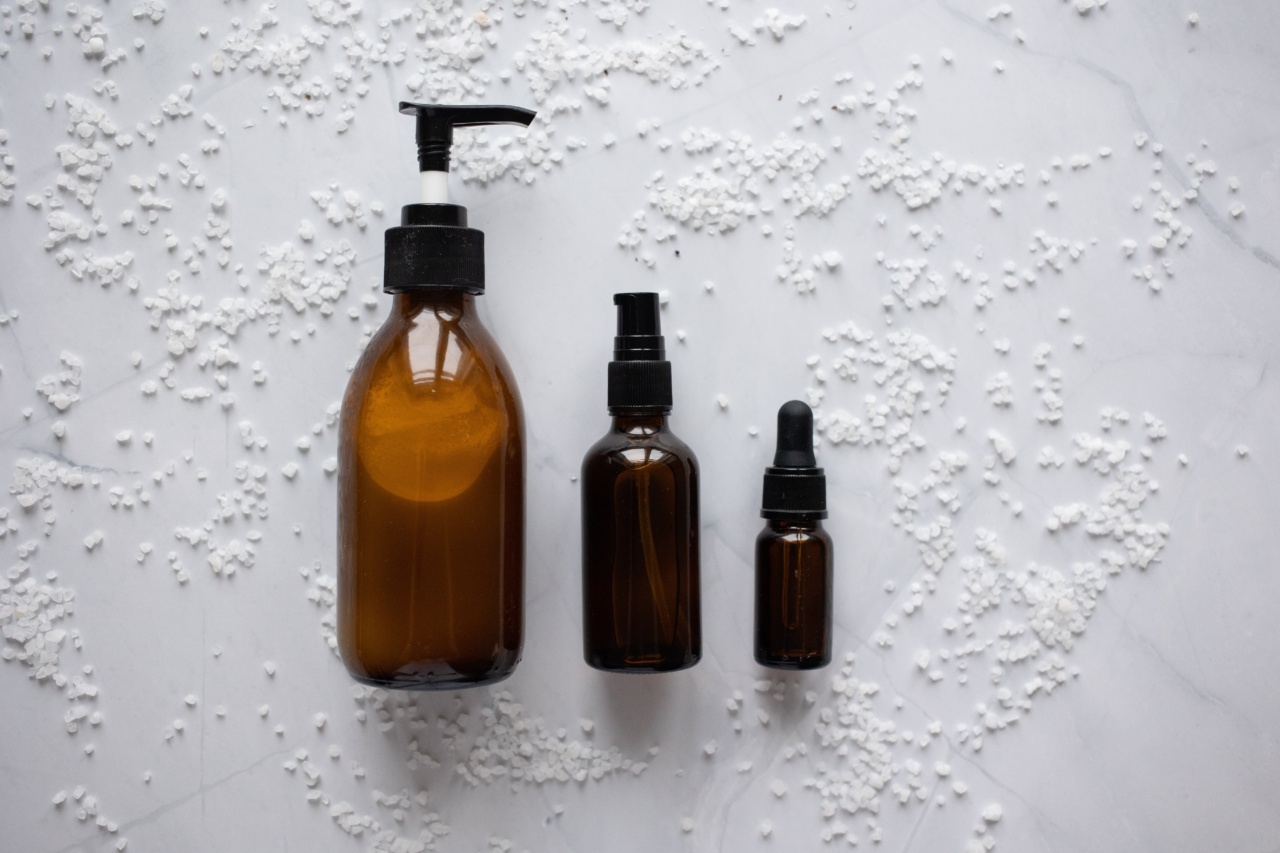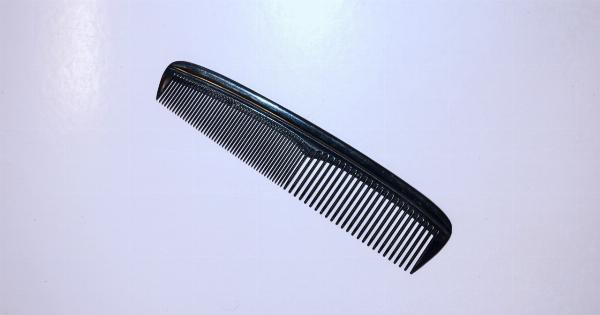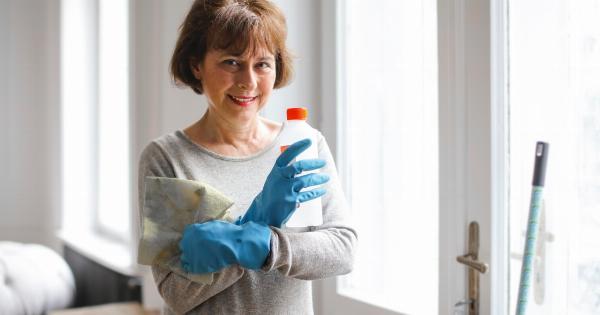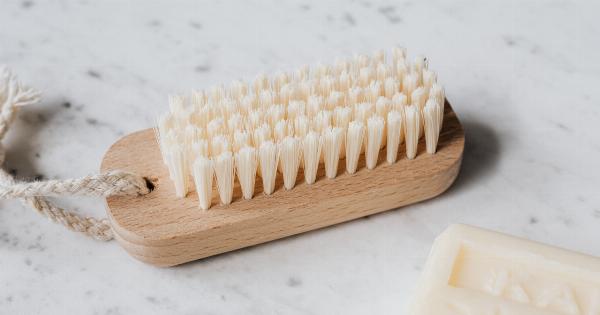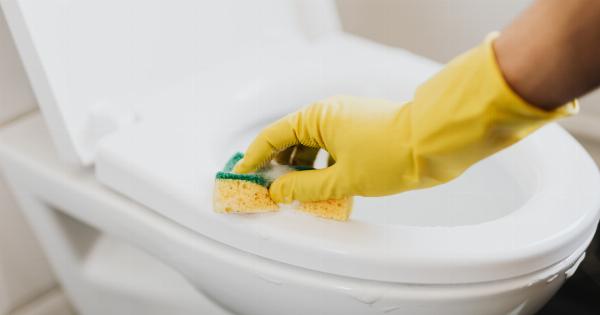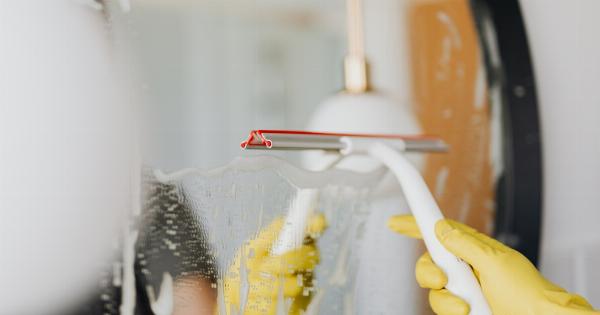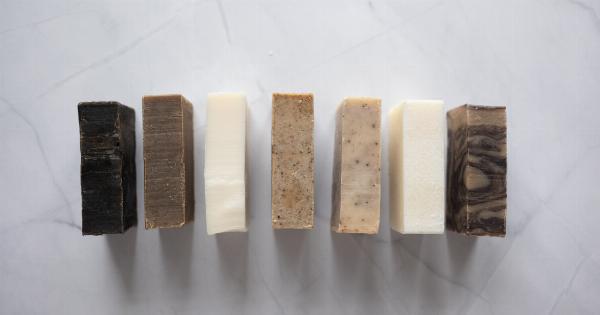Our everyday lives are filled with objects that we come into contact with regularly. From our cell phones to our kitchen sponges, these objects might appear harmless, but they are actually teeming with bacteria.
In fact, studies have shown that some of these objects harbor more germs than a public toilet seat! In this article, we will explore some of these everyday objects and discover the surprising amount of bacteria they carry.
1. Cell Phones
Cell phones have become an integral part of our lives, but did you know that they also house a plethora of bacteria? A study conducted by the University of Arizona found that cell phones carry 10 times more bacteria than most toilet seats.
This is mainly due to our constant use of phones and the warm environment they provide for bacteria to thrive.
2. Kitchen Sponges
Kitchen sponges may seem harmless, but they are actually one of the dirtiest objects in our homes. They are frequently used to clean up food particles and spills, providing an ideal breeding ground for bacteria.
In fact, a study published in Scientific Reports discovered that kitchen sponges contain more bacteria than any other object in the average household.
3. Toothbrushes
Our toothbrushes play a critical role in oral hygiene, but they are also magnets for bacteria. Every time we use our toothbrushes, they come into contact with saliva, leftover toothpaste, and bathroom germs.
According to a study conducted by the American Society for Microbiology, toothbrushes can harbor bacteria such as E. coli and Staphylococcus aureus.
4. Money
Money exchanges hands countless times throughout its lifespan, making it a prime breeding ground for bacteria.
A study published in Antimicrobial Resistance & Infection Control found that paper bills can carry numerous types of bacteria, including those associated with skin infections and respiratory illnesses. So, the next time you handle money, make sure to wash your hands afterwards.
5. Keyboards
Keyboards, whether they are on our laptops or desktop computers, are notorious for accumulating dirt and bacteria. A study conducted by The Wall Street Journal found that keyboards can harbor up to 20,000 germs per square inch.
This is due to the fact that we often eat near our computers or use them without washing our hands, transferring bacteria to the keys.
6. Remote Controls
We use remote controls daily to change channels or adjust the volume on our televisions, but we rarely think about the bacteria they harbor.
A study published in the journal Food and Environmental Virology revealed that remote controls can contain a wide array of bacteria, including those associated with fecal matter. It’s important to wipe them regularly with disinfectant wipes to prevent the spread of germs.
7. Handbags
Handbags are more than just fashion accessories; they are also home to an astonishing amount of bacteria. A study conducted by Initial Washroom Hygiene found that handbags can contain more bacteria than an average toilet seat.
This is mainly because handbags are often placed on various surfaces, such as bathroom floors or restaurant tables, which can transfer bacteria onto them.
8. Computer Mice
Similar to keyboards, computer mice also attract a significant amount of bacteria. As we use them daily, our hands transfer bacteria from various surfaces onto the mouse.
According to a study conducted by Kimberly-Clark Professional, computer mice can carry more bacteria than a public restroom doorknob. Therefore, regularly cleaning and disinfecting your computer mouse is crucial.
9. Cutting Boards
Many people use cutting boards for food preparation, but these boards can harbor dangerous bacteria if not properly cleaned.
A study conducted by the University of Arizona revealed that cutting boards, especially wooden ones, can have more bacteria than a toilet seat. It is essential to wash cutting boards thoroughly with hot soapy water after each use to avoid cross-contamination.
10. Reusable Water Bottles
While reusable water bottles are a great eco-friendly alternative to single-use plastic bottles, they require diligent cleaning. A study conducted by Treadmill Reviews found that reusable water bottles can contain more bacteria than a dog’s toy.
This is particularly true for bottles with narrow openings, which can be challenging to clean. It’s important to wash reusable water bottles with hot soapy water or use a bottle brush to reach all the nooks and crannies.
In Conclusion
Our everyday objects may seem harmless, but they are often teeming with bacteria. From cell phones to kitchen sponges, it’s crucial to regularly clean and disinfect these items to minimize the risk of getting sick.
Remember to wash your hands after handling these objects and incorporate regular cleaning routines into your daily life.
